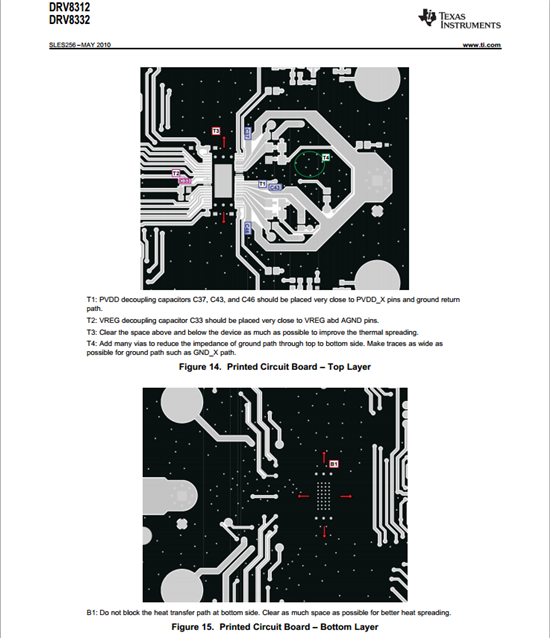I have a custo board with a DRV8301 driving a 3-phase PMSM motor. When I apply a fixed duty-cycle pwm to the three phases, everything works fine when phases A and C are >50% duty-cycle, and phase B is < 50%, and current drives through the 3 phases. When I swap the duty-cycles around, i.e. A and C <50% and B>50%, the FAULT pin starts to cycle on and off continuously with a 427us Hi time, followed by around 900us low, so a repetition frequency of 758Hz. The PWM frequency is 20KHz. The OCTW pin stays Hi during this state.
I've checked GVDD = 11 volts, DVDD= 3.3V, PVDD= 12V. There's a bit of noise on GVDD, but nothing very significant.
Any ideas on what could be happening ?


